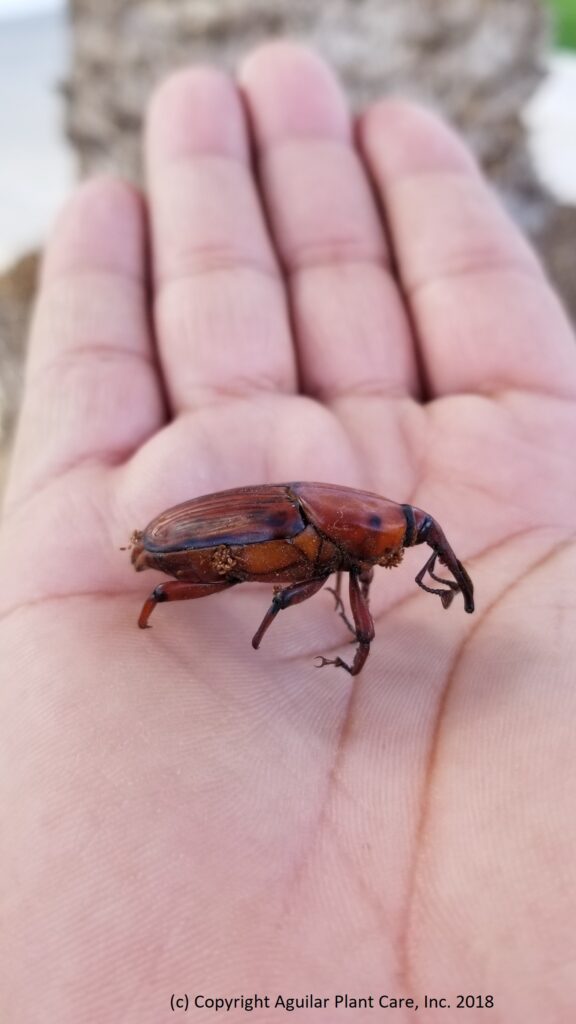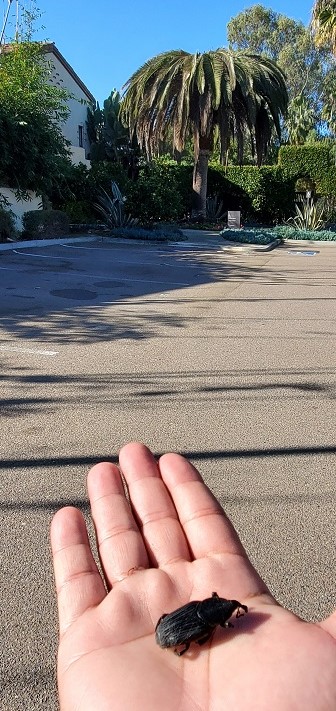What is killing our Canary Island Date Palm trees?
As we enter 2021 and look at the movement of South American Palm Weevil (SAPW), Rhynchophorus palmarum (L.) The speed of spread Northward and death rate of Canary Island Date Palms is very alarming.
We have known for some time (2012) when the SAPW first starting invading the border areas of San Diego that the natural movement Northward was inevitable.
As the South American Palm Weevil invades more urban and residential areas of our county people are now waking up and asking, “What is Killing the Palm trees?”
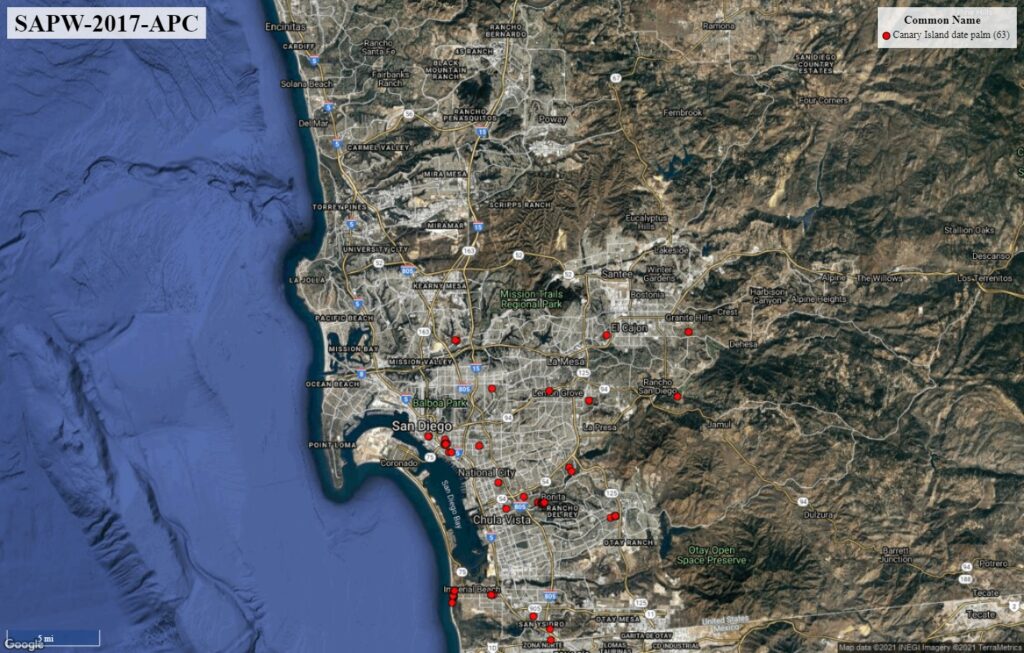
Here is at the end of 2017. Mainly South of the 8 freeway.
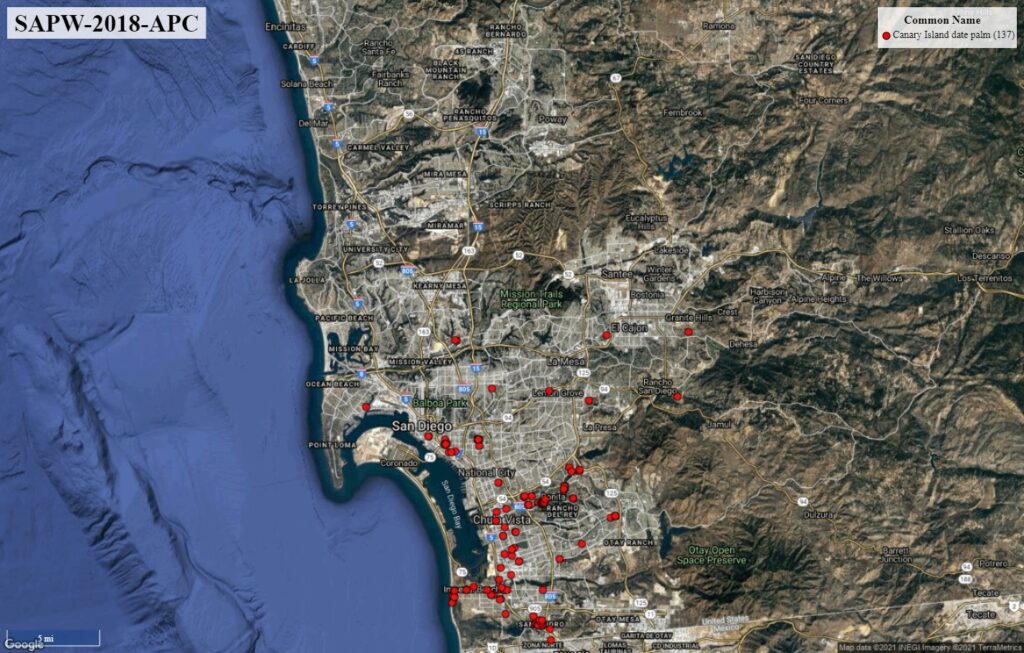
By the end of 2018, the SAPW established and killed hundreds of Canary Palms in Imperial Beach, Bonita and Chula Vista areas.
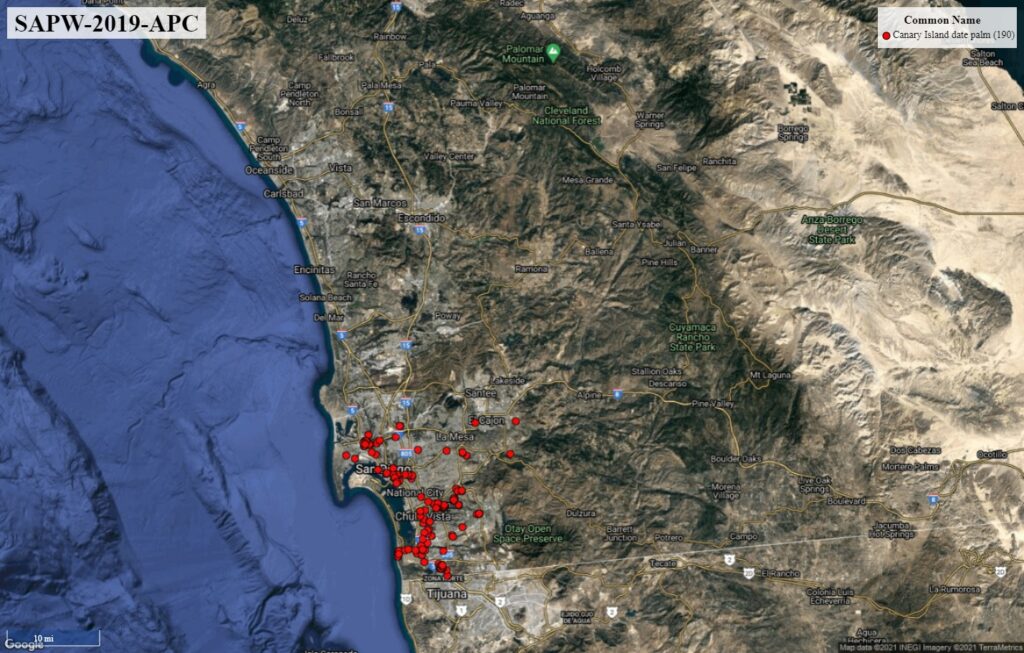
By the end of 2019, you can see the SAPW moving North to Downtown San Diego, Old Town and Balboa Park areas, but still mostly South of the 8 freeway.

By the end of 2020 the SAPW jumped over the 8 Freeway and began killing palms in Mission Beach, Pacific Beach, La Jolla and 1 death in Rancho Santa Fe
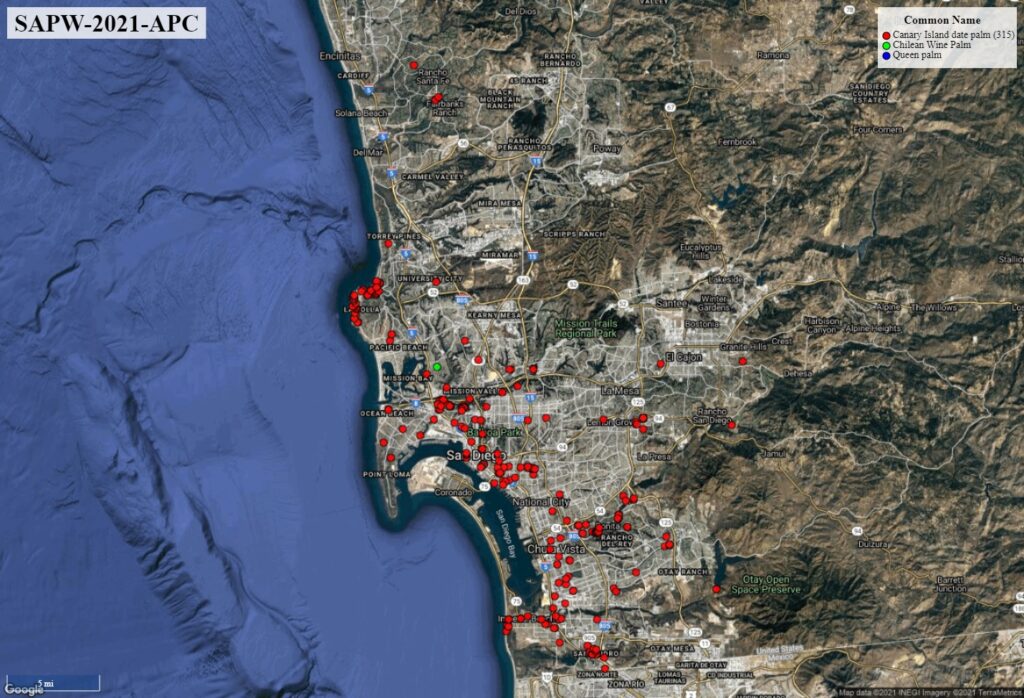
Now as we are 1 week into 2021, the SAPW is making it’s presence felt in the Point Loma, La Jolla areas and starting to be more visible in the Rancho Santa Fe and Del Mar areas.
By
Also you will notice on the last 2021 map additional palm species
Here is a side by side from 2017-January 2021
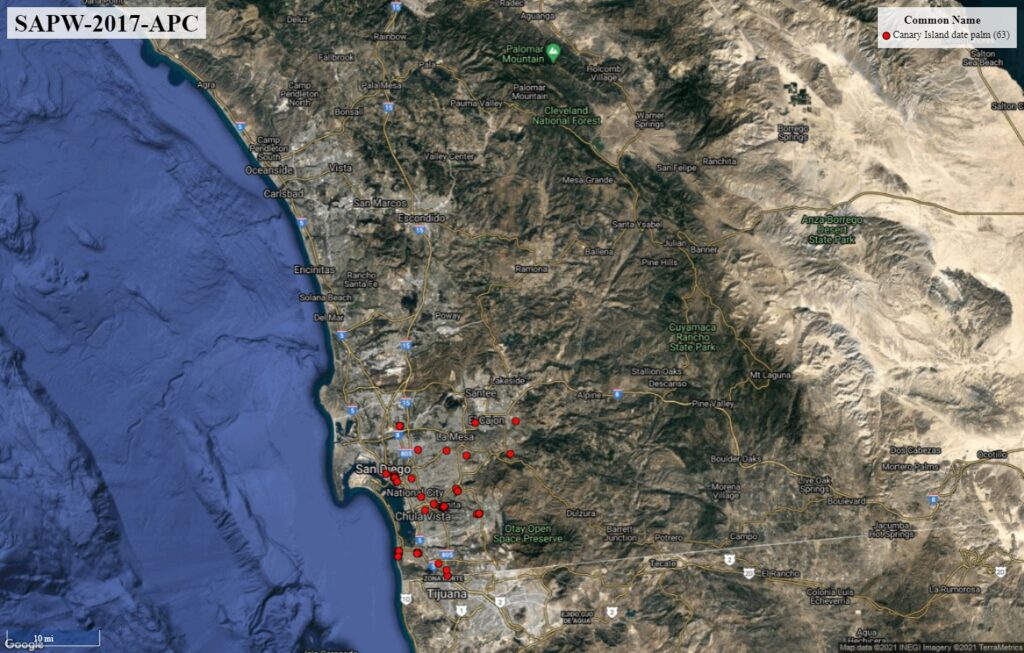
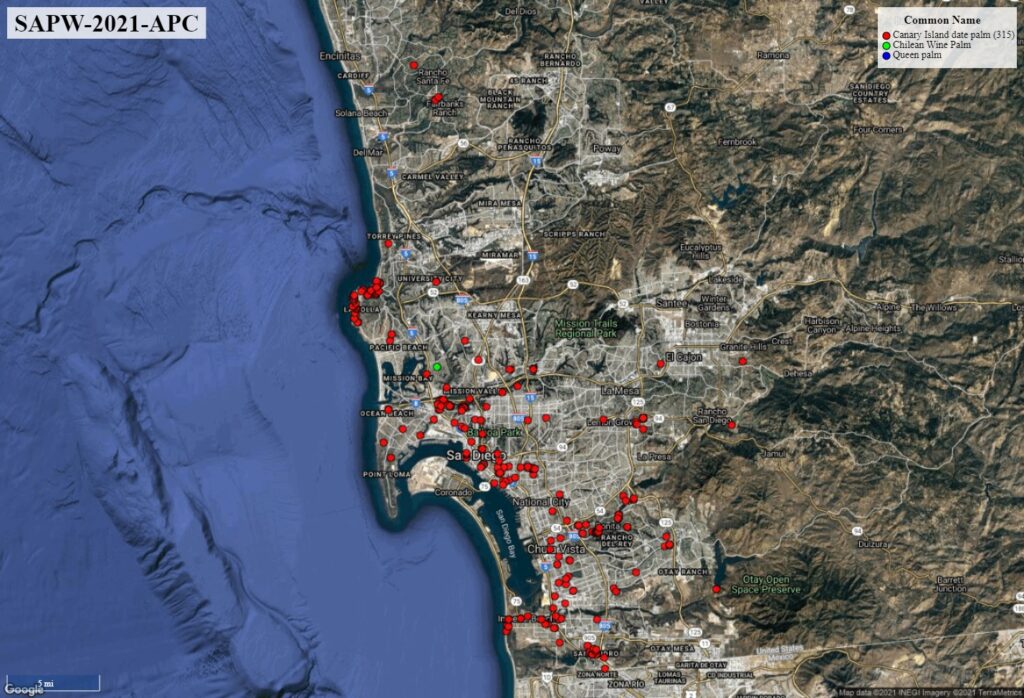
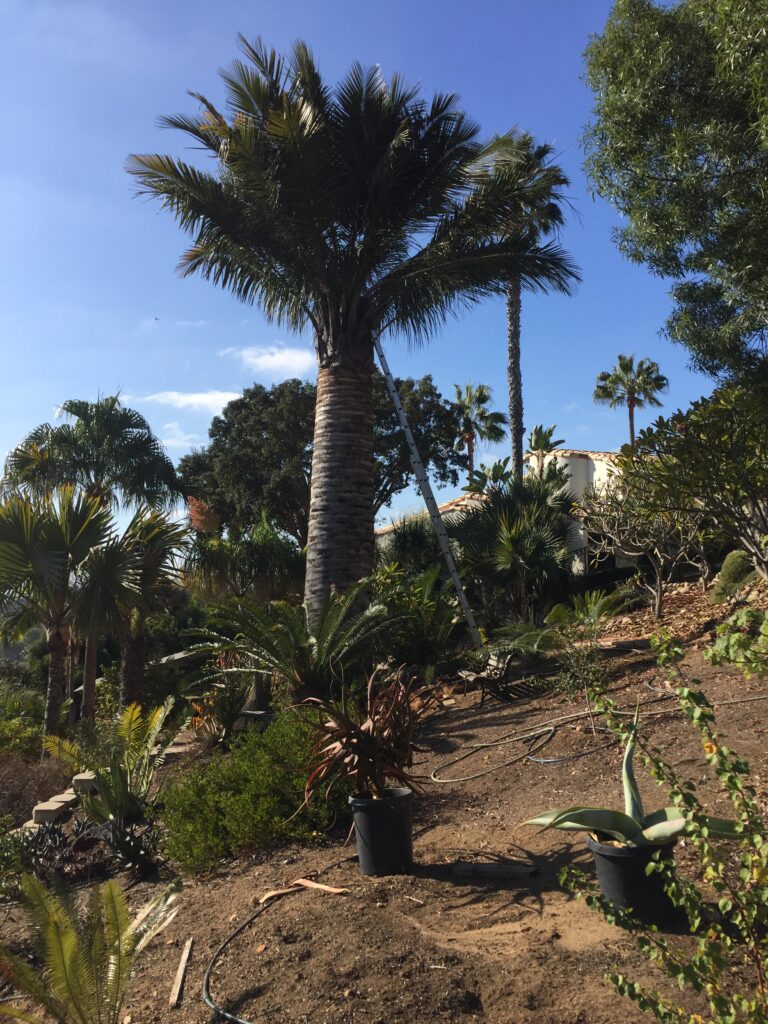
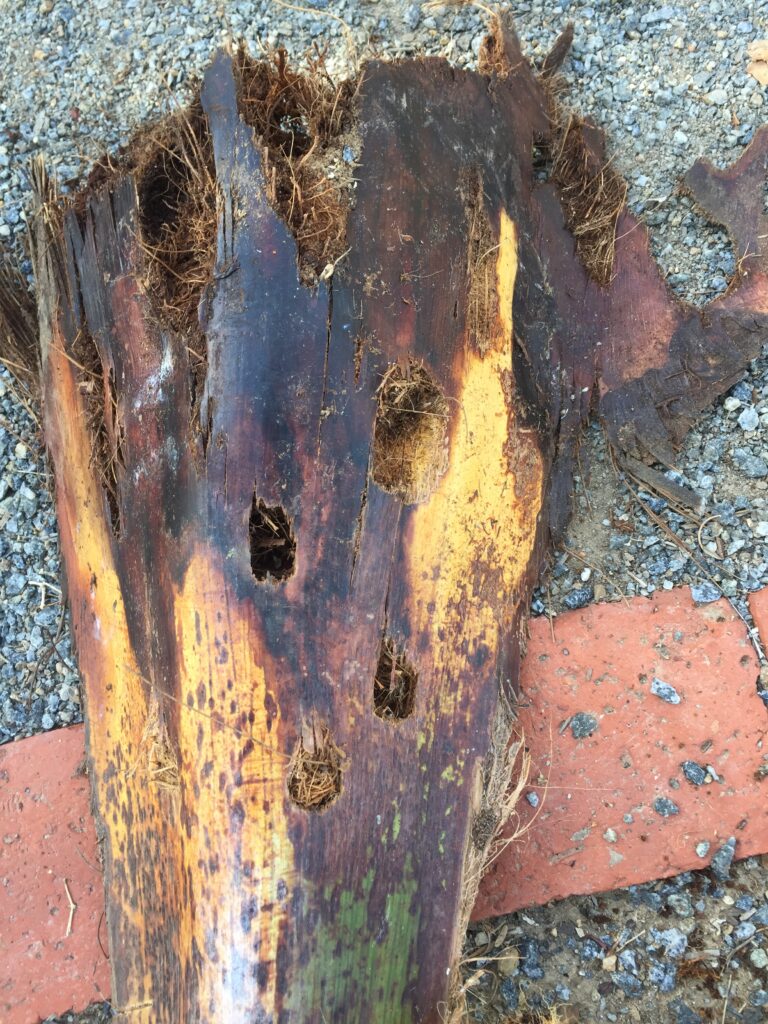
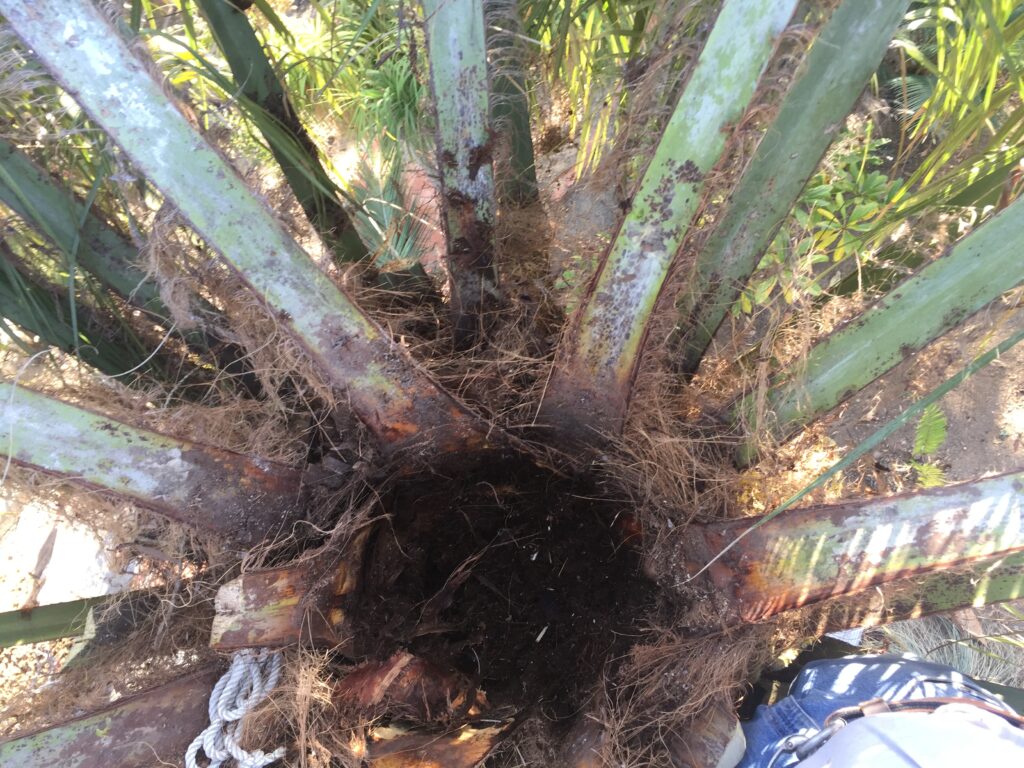
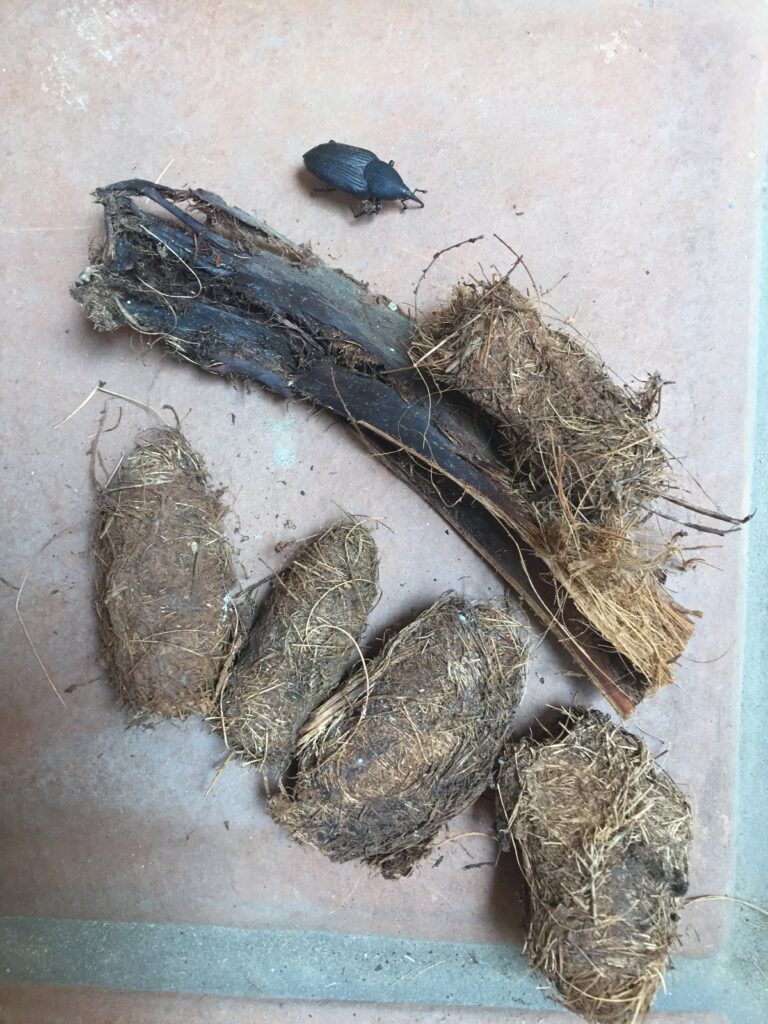
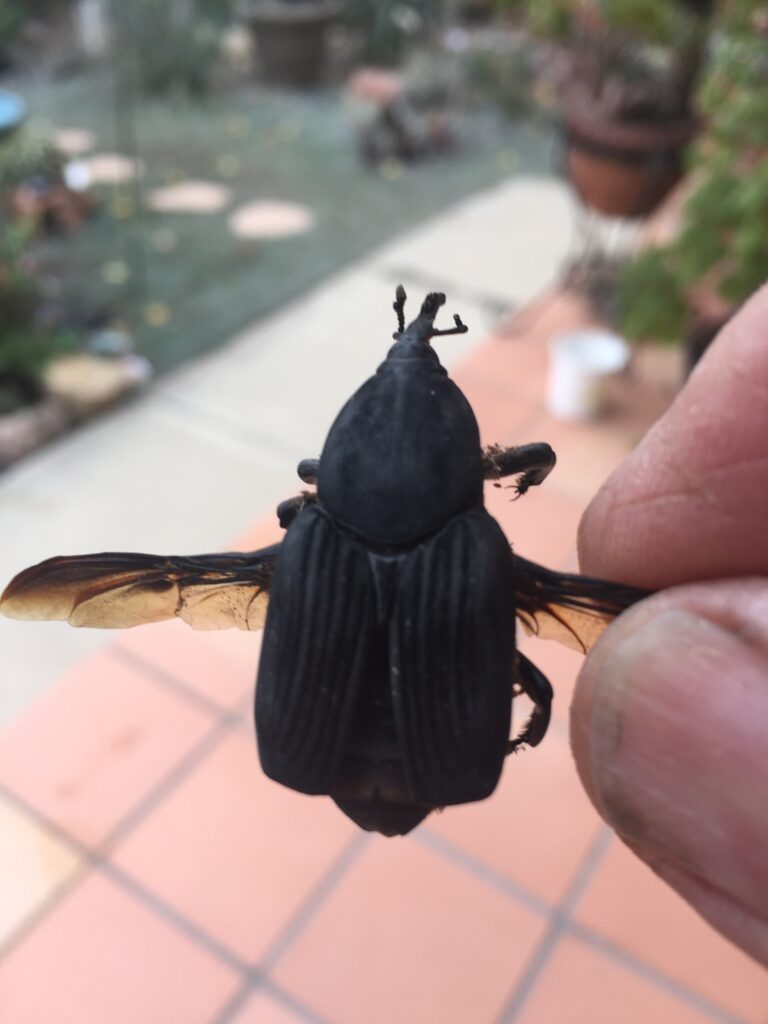
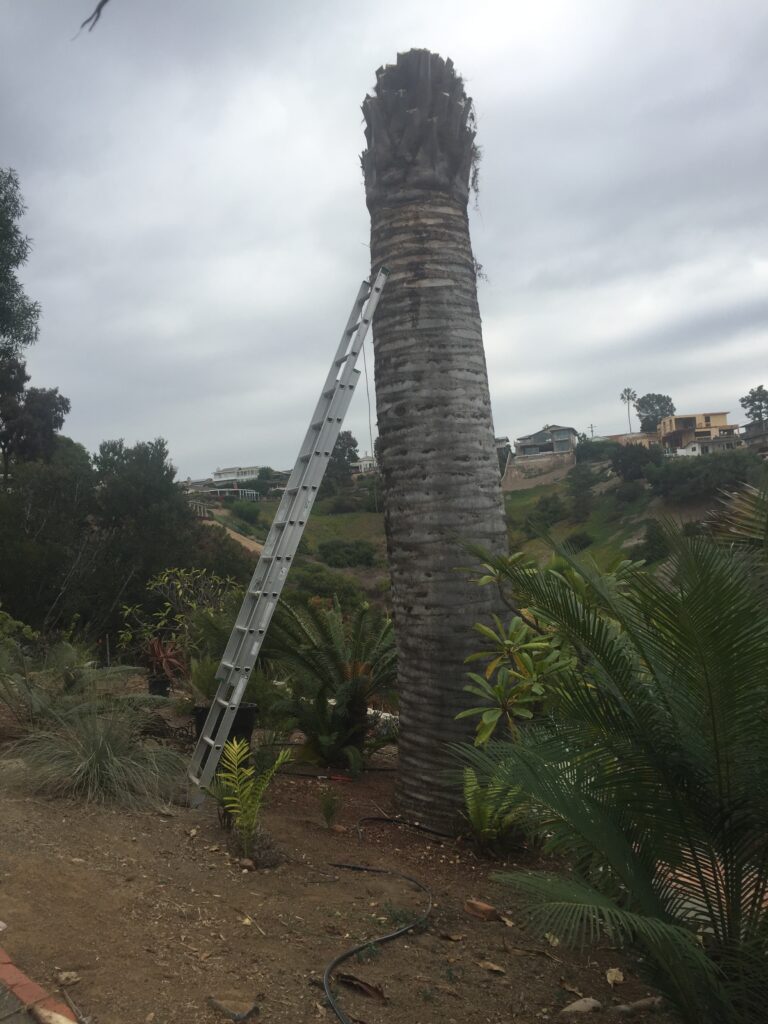
According to UC CISR the actual known potential host list for the SAPW the following:
Management options and recommendations:
A few notes that we have found in our 5+ years of managing the SAPW:
See below some progression pictures.
Focus on the top / middle meristem areas.

A
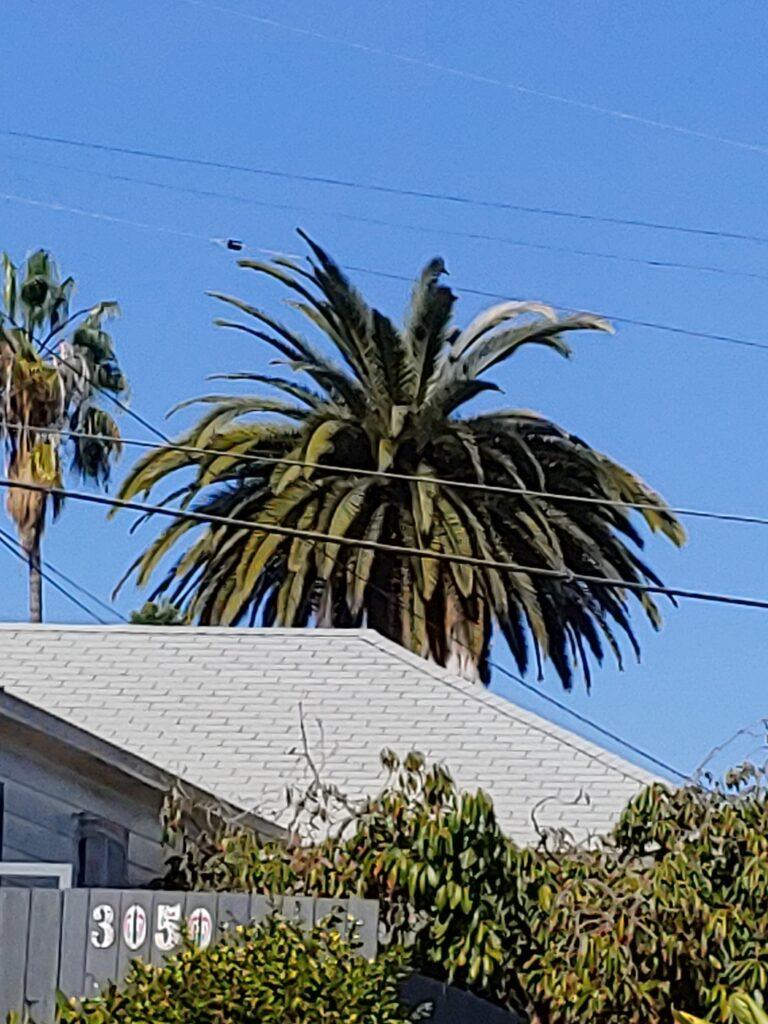
B

C

D
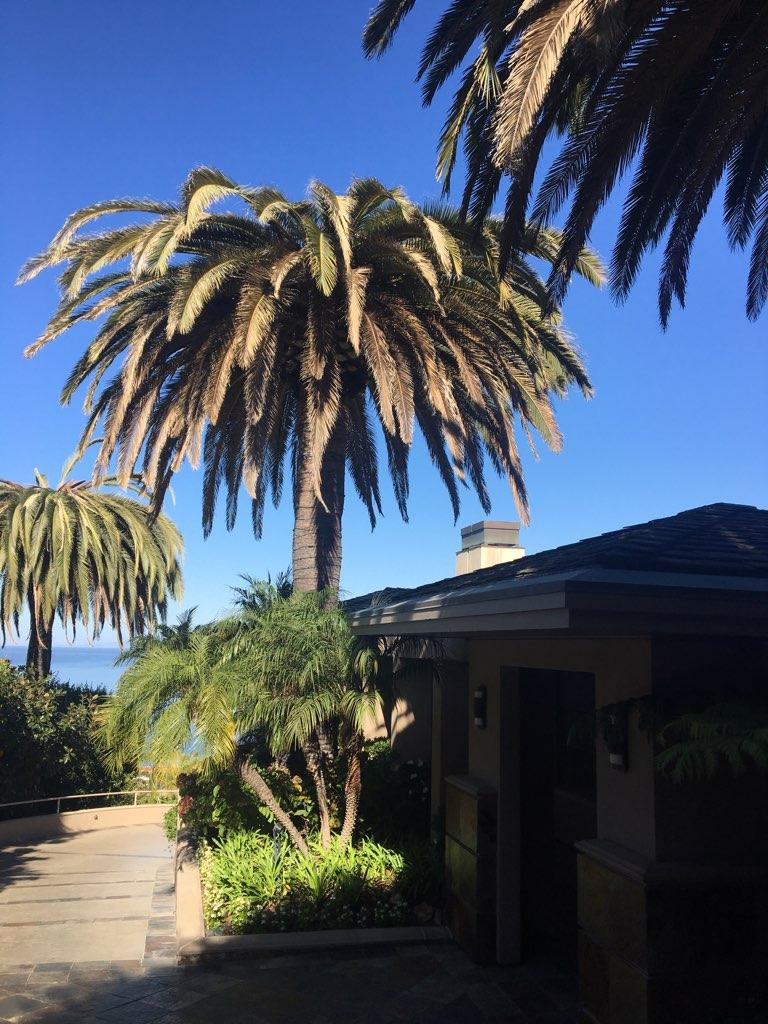
E
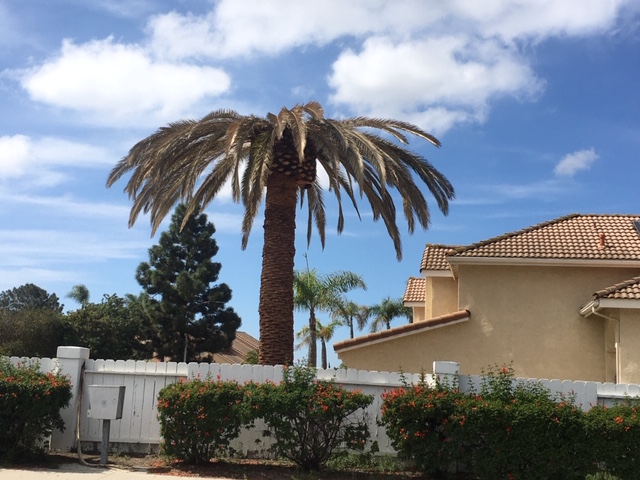
F
Out of all these pictures, we were able to save the palm on picture A, as we treated right away with a systemic crown spraying as well as soil systemic.
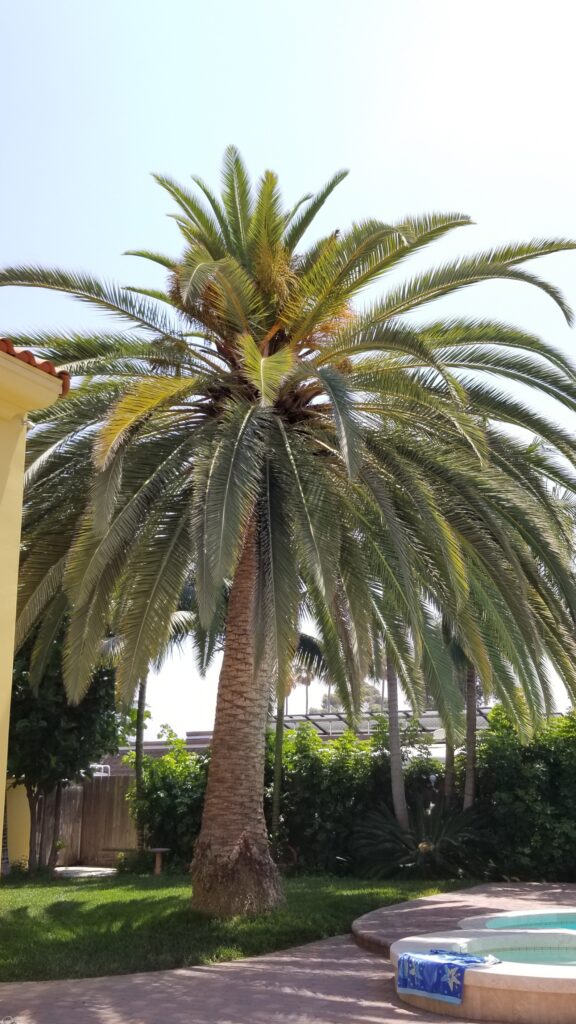
See all the new growth coming in.
Here is another example where we treated at an early stage of visible decline.
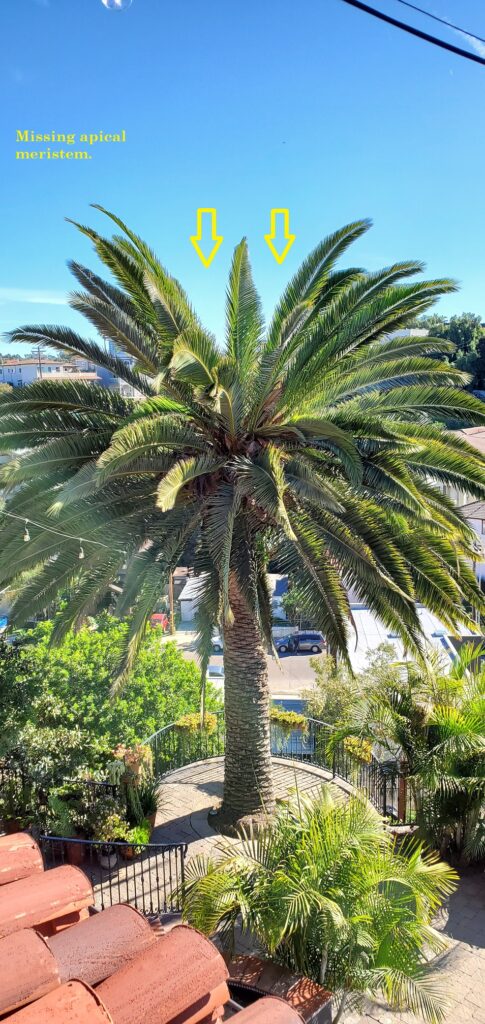
See the missing meristem.
Canary Palm showing early signs of decline in the meristem area.
Here is 12 months later after 4 treatments. New health growth. You can also see the old damaged growth.
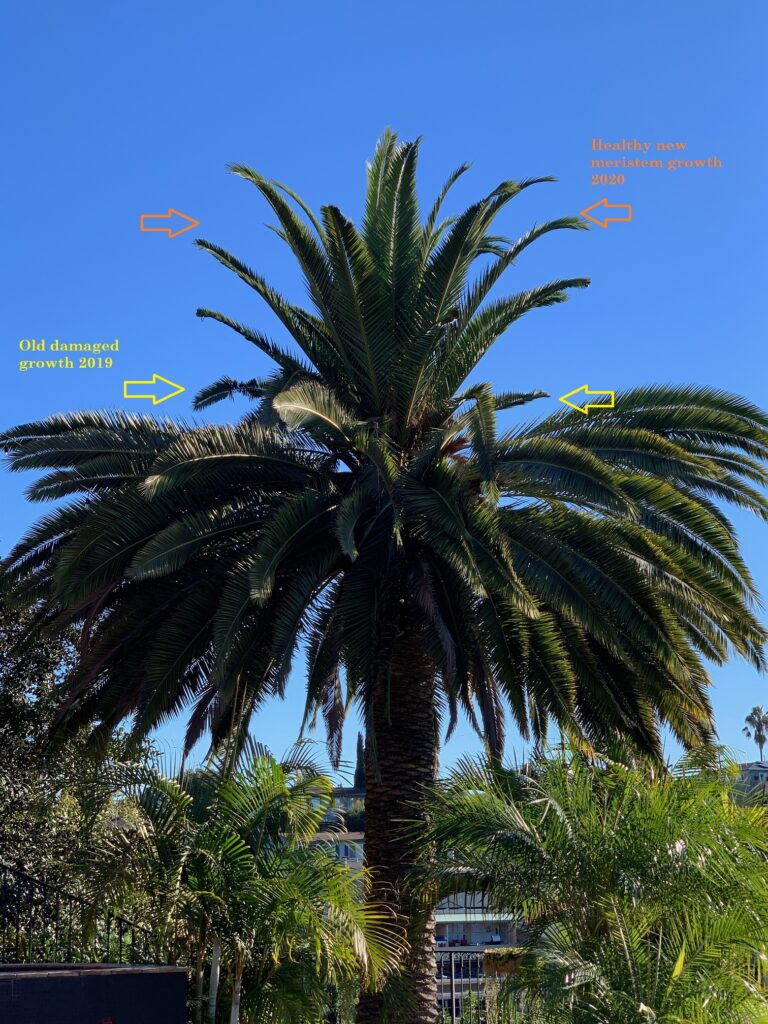
So in conclusion:
Any additional questions or interested in getting your palm on a preventative program, please call or email.
760-294-APC7(2727) or email us at info@apcphc.com
